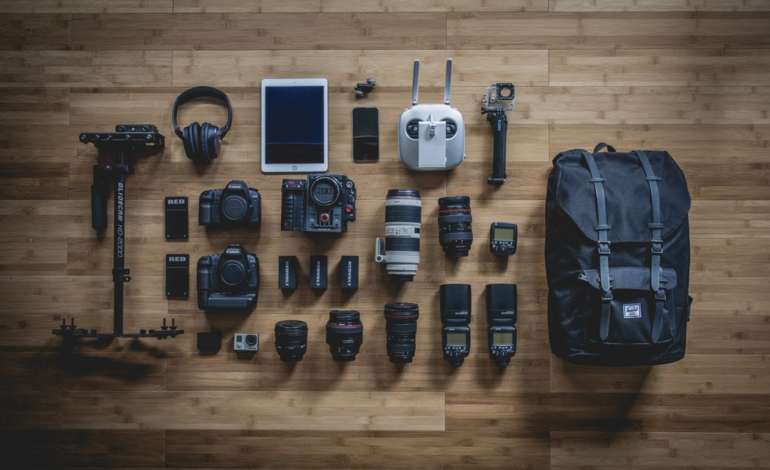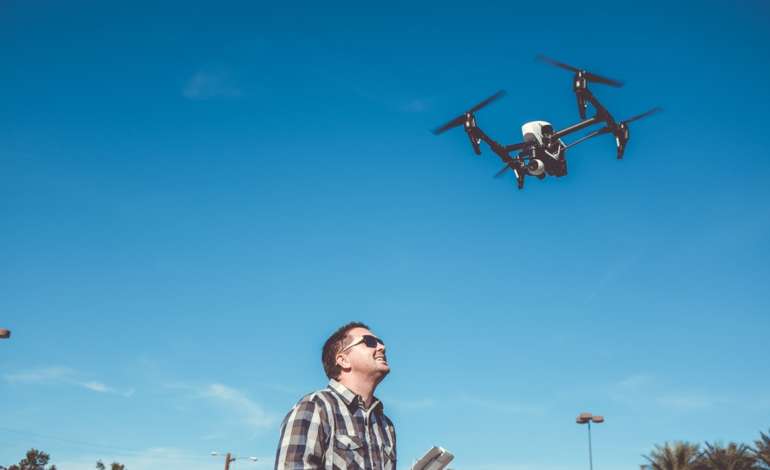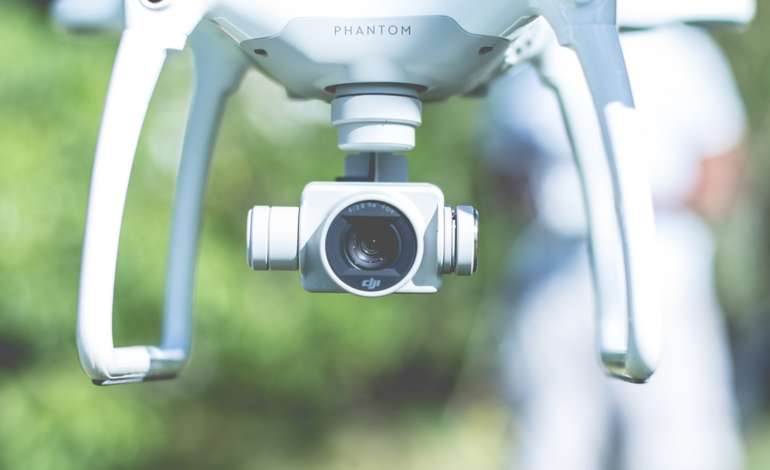As a device for hobbyist flyers and a tool for opening up new possibilities in photography and videography, drones have already taken the world by storm. However, in case you thought the trend was anywhere near passing, we’ll cover a few of the future applications currently in development. Drones could soon become a much more common sight in day-to-day life.
Disaster Relief
Aerial assistance has always played a crucial role in disaster relief, allowing us to reach risky spots where approaching by land or sea could be dangerous. Drones could play a role of their own, as this article in Entrepreneur discusses. Their aerial image capture capabilities could help first responders and emergency services navigate in treacherous conditions. Other uses include using drones to drop emergency supplies like food and vaccines to rural and secluded areas in times of war, famine, and disease outbreaks.
Anti-Poaching of Protected Species
Drones offer one of the best methods for covering wide areas of space at any one time, with their image capture capabilities making them perfect for both live surveillance as well as recording footage. In areas of the world where protected species like African elephants and Bengal tigers are in constant danger from poachers, these devices could potentially help catch poachers in the act much more regularly that human patrols on foot or in vehicles.
Environmental Compliance
Another serious threat to the environment is the current practice of corporate non-compliance with environmental regulations (anti-dumping, improper disposal, excessive emissions, etc.). It can be difficult to catch these types of infractions in the act. However, as small as they are, drones are already being used as monitors and sensors to ensure compliance across many types of regulations throughout multiple industries.
Internet Access
Although still very much in the testing phases with experimental new devices like Facebook’s Aquila, unmanned drones could one day be the answer to the problem of communicating with those in remote regions of the world. Drones could potentially act as highly-mobile hotspots, using lasers to transmit data significantly faster than other existing solutions. Aquila is being designed to hover high above remote areas, connecting with other drones to create a network that can provide mobile network access that could one day mean that complete internet access across the world will one day be possible.
Package and Food Delivery
Amazon has long expressed an interest in updating their delivery system with drones. Their plans for Amazon Prime Air have been in the works for years now, intending to be able to deliver packages to everyone, everywhere, saving the money and labor it would take drivers to reach every individual support (while also reducing carbon emissions from fuel consumption). Some fast-food delivery companies are looking at drones as a way of more efficiently carrying out deliveries, too, with Uber and Just Eat already testing it out.
Thanks to their high speed, light weight, and carrying capabilities, drones are ripe for innovative use across industries, lifestyles, and a wide range of emergency situations. We’re excited about the future of drones, as you should be, too.






